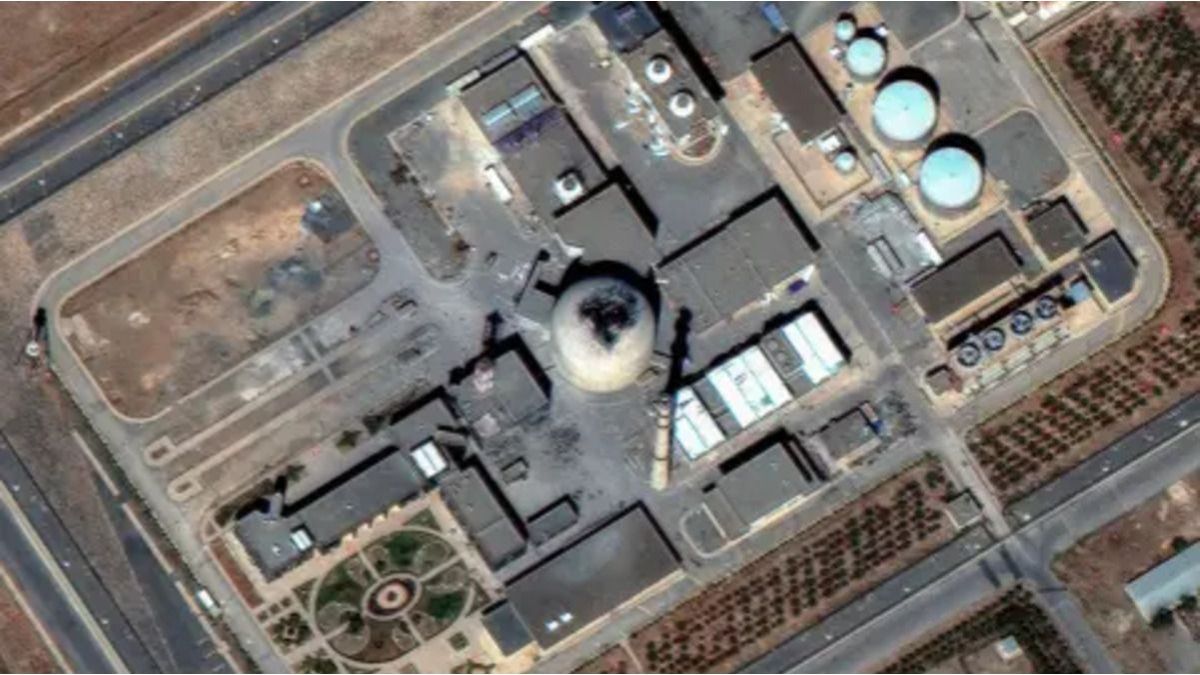From a conference in Florida, the president of the Fed of Atlanta, Raphael Bosticwarned that much of the inflationary effect of tariffs is not yet reflected in economic data. As he explained, many companies had anticipated the measure with inventory accumulation, but those strategies are coming to an end.
“If these strategies were exhausted, it is likely that we will soon see price increases. We can evaluate how consumers react,” said Bostic, who anticipates that the Central Bank may need more time to have a clear panorama before adjusting the rates. According to your vision, there will only be one cut this year, a quarter of a percentage point, and not imminently.
Along the same line, Beth HammackPresident of the Fed of Cleveland, highlighted the importance of waiting and analyzing the data with depth. “We have to listen to our communities, observe their decisions and evaluate how the economy behaves,” he said during an event organized by Atlanta’s Fed itself. Mary Dalyhead of the Fed of San Francisco, coincided with that prudent approach.
At the moment, the most visible effects of tariffs are recorded in the trusted indicators, which show greater uncertainty on the part of companies and consumers, and an increasing expectation of inflation.
The White House Look on the Fed Vision
However, from the government they relativize the impact. In an interview with Bloomberg, Stephen lookPresident of the Blanca Economic Advisors Council, said that tariffs imposed so far have not had a significant inflationary effect. “We have been applying them from day one and there has been no strong increase in prices,” he said, referring to the latest reports of the consumer price index, which were lower than expected.
Despite these statements, companies such as Walmart – the world’s largest retail and great importer from China – they already anticipated price increases. The warning generated a critical response by President Donald Trump.
FED FED FEDERY POWELL.JPG
Companies point out that tariffs already have impact on prices
The Fed, in waiting mode
The Federal Reserve maintains its official interest rate in the range of 4.25% to 4.50% from December last year. However, officials consider that it is too early to anticipate movements, due to the uncertainty surrounding commercial policies and their possible inflationary effect.
In a speech before the Economic Club of Minnesota, the president of the Fed of San Luis, Alberto Musalemwarned that the main risk is that inflation expectations begin to disagree. Musalem warned about the possibility that price increases become persistent, beyond being specific reactions.
Although the government could moderate its tariff plans, Musalem said that they are likely to generate a tangible economic impact in the short term, with direct increases in imported products, indirect effects on national goods and possible consequences of second round in inflation.
“To trust that these effects will dissipate on their own could underestimate their intensity and duration, and create even greater problems in the future,” he concluded.
Source: Ambito
I am a 24-year-old writer and journalist who has been working in the news industry for the past two years. I write primarily about market news, so if you’re looking for insights into what’s going on in the stock market or economic indicators, you’ve come to the right place. I also dabble in writing articles on lifestyle trends and pop culture news.




